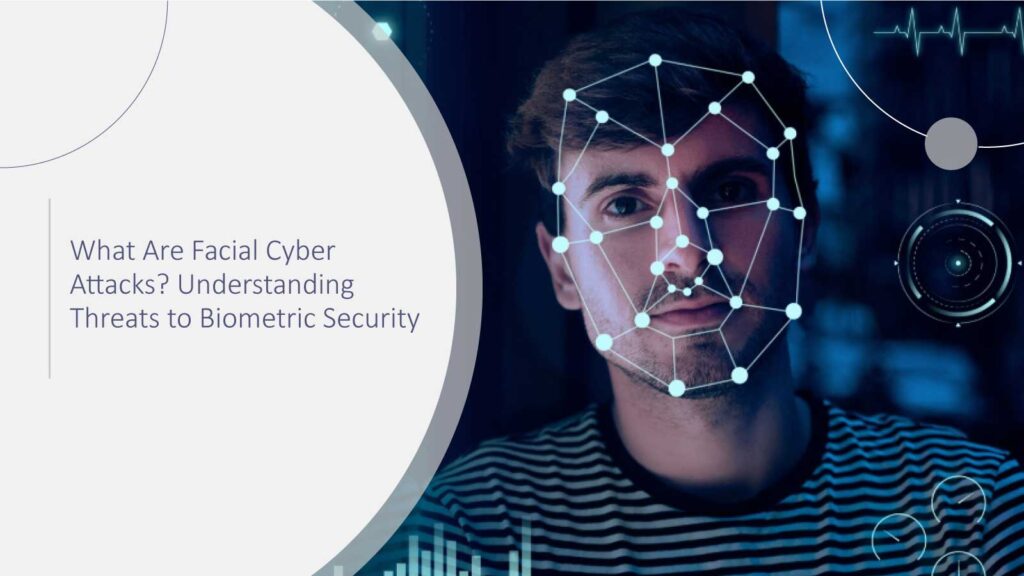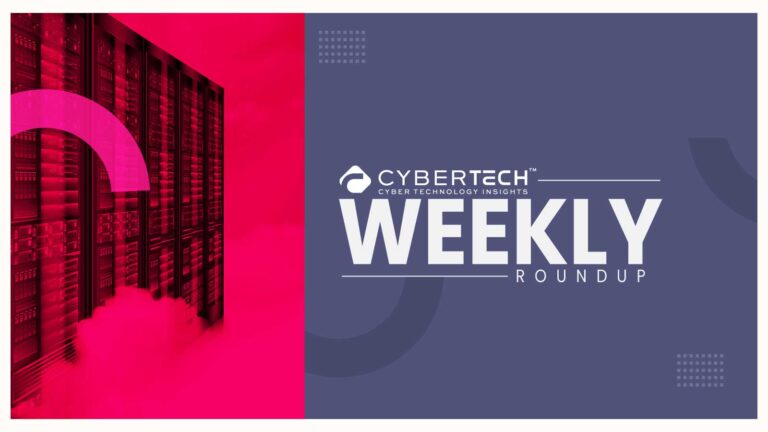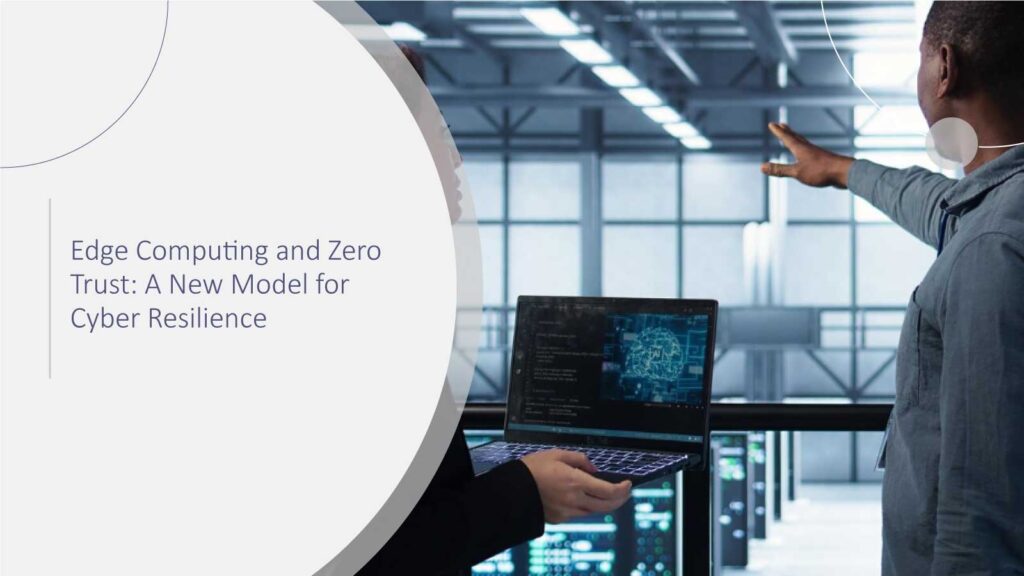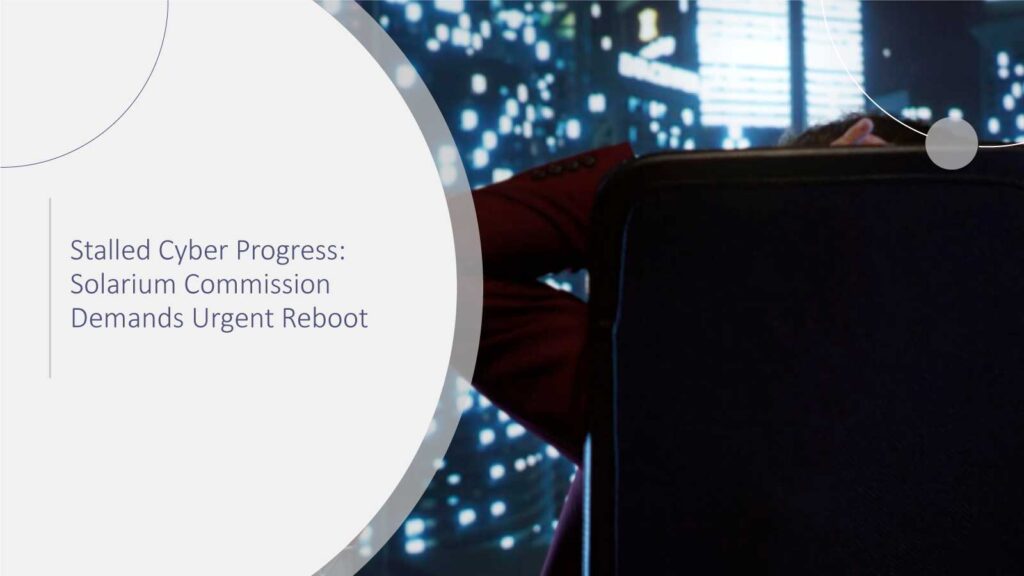Introduction: The Face of Modern Security
Can you remember the last time you unlocked your phone? Almost certainly, you didn’t have to input a password; you just looked at the screen, and it identified you. Handy, right? However, what if someone could deceive that system into believing it was you? Welcome to the rapidly shifting world of facial cyber attacks, where the very technology that is supposed to protect you can be used against you.
Given that biometrics are becoming the norm to get rid of passwords in a digital era, the importance of the issue couldn’t be bigger. For CIOs, CISOs, and engineering teams, the debate is no longer about whether biometrics are safe but rather how to keep them protected from developing threats. This is precisely the point where strategy meets technology: Continuous Threat Exposure Management (CTEM), Zero-Trust architecture, AI-powered defense, XDR, and cloud security resilience are transforming how we hide the most human part of our identity, by the face. Gartner Predicts 30% of Enterprises Will Consider Identity Verification and Authentication Solutions Unreliable in Isolation Due to AI-Generated Deepfakes by 2026.
What Exactly Are Facial Cyber Attacks?
It is the facial cyber attacks that constitute efforts to elude or take advantage of the facial recognition features of biometric authentication systems. Different from the password guessing method, these intrusions fabricate or change facial data so that the security systems are deceived. Some of the common types are:
- Spoofing: The fabrication of identities by generating images, videos, or 3D masks of faces imitating people in question.
- Replay Attacks: The act of introducing previously interfaced data describing faces into a system.
- Deepfake Intrusions: Creating AI-generated faces that the recognition software can be tricked into accepting.
- Morphing: With the help of computer graphics, blending two different faces into one, hence, identity theft.
- Database Breaches: The extraction of biometric templates saved in the cloud or device storage.
McKinsey research highlights that consumer trust in digital identity is fragile – 84% of users worry about how their biometric data is stored and used. Face IDs are quite different from passwords in that you can’t just “reset” a face. This also means that the risk is going to be there forever if a biometric is compromised. This is why the enterprise needs to think about biometric security as part of the general cyber resilience framework and not just as a means of access control.
The Growing Scale of the Threat
Biometric security incidents may no longer exist only in the realm of imagination. For instance,
In 2024, vulnerabilities were discovered by researchers in a biometric terminal that is widely used, which could result in the malware being deployed and unauthorized access to the terminal. IBM found that breaches involving biometric data cost organizations 27% more on average than those involving traditional credentials.
Group-IB report states that between 2023 and 2024, the number of deepfake-enabled scams increased by 704%, while the use of face-swapping apps made the attacks not only banking but also social platforms, targeting more accessible platforms.
In 2025, a leak of a 500GB police biometric database in India revealed millions of facial scans and fingerprints.
They are not off the charts; instead, they signal a systemic problem. As the number of users grows who want to avoid the negative consequences of this trend evolve their strategies accordingly. Therefore, one can only wonder: have the enterprises got enough tools to defend the facial recognition systems when they are deployed at scale?
Gartner predicts that by 2027, at least 50% of deepfake-driven cyberattacks will target biometric authentication systems, compared with under 2% in 2022.
Engineering Resilience: CTEM for Facial Security
Continuous Threat Exposure Management (CTEM) is not simply a phrase that is often used. In biometrics, it is, however, an operational must-have. CTEM may be likened to your firm's “always-on radar” that is perpetually scanning potential weak spots before criminals take advantage of them. Gartner identified Continuous Threat Exposure Management (CTEM) as a top security trend, with 75% of organizations expected to adopt CTEM practices by 2026 to improve resilience.
As an instance:
- Searching facial authentication logs to determine if there is any irregular pattern.
- Identifying the new deepfake technologies even before they circumvent the liveness check.
- Executing a fabricated replay or a spoofing attack to measure the system resilience.
The businesses that see CTEM as a “set-and-forget” operation are the ones that generally overlook the areas where the attackers may strike. Techne-driven CTEM implies testing all the time, fixing the problem swiftly, and adjusting on the go because threats to biometrics change quickly than patching cycles, which normally happen every three months.
Why Zero-Trust Architecture Matters
While Zero-Trust may not only be network security, it is a perfect analogy for biometrics. The principle is straightforward: never to trust, always to verify.
- Bit by bit, here is the translation to facial recognition:
- Do not consider any biometric data legal and safe until the verification confirms it.
- Boost biometric verification with contextual signals, among which are: device posture, geolocation, and time of the day.
- Adhere to the minimal-privilege philosophy and give users solely those permissions that are indispensable, even if the face matches.
It’s almost like going through airport security. Looking exactly like the photo on the passport is still no guarantee that the person won't undergo a bag check. Verification is layered.
Extended Detection and Response (XDR): Beyond the Endpoint
Most of the traditional security implementations consider biometrics as black boxes. However, with XDR, organizations can seamlessly integrate biometric devices into the central detection and response network.
- Endpoint telemetry: Keep track of the camera, sensor, and application logs.
- Cross-domain correlation: Spot unusual attempts to log in from one place to a completely different one.
- Incident response automation: In case anomalies soar (e.g, numerous failed replays), XDR can activate MFA fallback or revoke access.
What do you get? Three out of the essentials for a successful defense against quick attackers namely faster detection, unified visibility, and reduced dwell time.
AI-Powered Defense: Fighting Fire with Fire
The same AI that deepens the fakes is also the best defensive tool, harnessing the power of AI to manufacture the opposite. Modern AI/ML defense frameworks are extremely efficient in the detection of the slightest indicators of spoofing, such as:
- Absence of micro-expressions in the face.
- Not totally coherent lighting or shadow getting formed.
- Constant blinking or head movements are not natural.
Moreover, these sophisticated systems implement liveness detection a user is asked to blink, smile, or move in real-time to authenticate. Some even add the analysis of the gait and muscle dynamics to ensure productivity. Microsoft reported in 2024 that AI-driven biometric anomaly detection reduced successful spoofing attacks by up to 98% in pilot deployments.
This is a clear manifestation of the very same technology that creates fake faceslso provides the means to detect them.
Cloud Security Resilience: Protecting Biometric Data
Biometric data is processed by the cloud in most companies nowadays. This change makes the business more scalable but also involves a higher risk. A leak in this case is not only about one identity but rather about millions of unchangeable ones.
Some of the best practices are:
- Biometric templates should be saved in the form of hashed, tokenized, or encrypted versions, not in raw data format.
- Implementation of policy-driven automation to restrict data access based on role and context.
- Checking API endpoints frequently that link biometric systems to third-party applications.
As a result of the conjunction of cloud resilience and biometric security, the output is a reliable, scalable infrastructure that not only infuses customer trust but also eases compliance.
Security Convergence and Automation: The Future is Unified
It is truly a fact that the tools that operate independently in separate silos are simply not effective. This shortcoming becomes even more evident when they are tested against intruders who operate in their highly agile manner. The way forward is none other than security convergence, which basically is the integration of biometrics with SIEM, XDR, IAM, and other similar automation frameworks.
Just view the steps involved in the coordination:
- On detecting a suspicious login attempt, a SIEM incident is raised.
- XDR finds the connection with the biometric deviation of data.
According to the given set of rules, an automated system immediately deletes the access rights and dispatches the attendant SOC.
Such coordination not only guarantees that the intervention is prompt but also that it will be utilized. For the managers in charge of the security system who are always pressed for time, the utilization of automation would imply fewer nights without sleep spent chasing non-existent alerts.
Conclusion: Faces, Futures, and Fortresses
There is neither doubt nor debate that facial recognition will always be part of the security landscape. What the question really should be is not if cyber adversaries will target biometrics, but how ready enterprises will be to counter them. Organizations that adopt CTEM, Zero-Trust architecture, AI detection, XDR, cloud resilience, and automation can turn biometric security from their Achilles' heel into a strategic advantage.
The bottom line for the biometric security systems is that they themselves are not the solution; rather, it is the frameworks protecting them that make the difference.
Cyber Technology Insights will keep tracking this trend as it continues to materialize due to the engineering innovations of digital identities. To get a taste of the practical frameworks and case studies, have a look at our reports and subscribe to updates.
FAQs
1. What makes facial cyber attacks different from password hacking?
The difference between facial cyber attacks and password hacking is that the latter only involves the compromise of biometrics that can be changed if
Facial attacks exploit biometrics, which are unchangeable if compromised, unlike passwords. Hence, making layered defenses essential.
2. Can deepfake detection be fully automated?
AI-based tools can find most of the fakes created by deep learning, but the quality of the work gets better when human supervision and context data are added.
3. How does Zero-Trust architecture enhance biometric security?
It is actually a security measure that requires verification of every single biometric input in context, so that a face scanning attack or one that uses only one biometric can be prevented. The feature will not be enough to gain access.
4. Is biometric data safe in the cloud?
Yes, it is, but only if organizations employ strong encryption, tokenization, access controls, and continuous monitoring for anomalies as part of their security.
5. Should enterprises rely only on biometrics for authentication?
Definitely not. The most foolproof solution would be multi-factor authentication (MFA), which combines biometrics with other security layers.
For deeper insights on agentic AI governance, identity controls, and real‑world breach data, visit Cyber Tech Insights.
To participate in upcoming interviews, please reach out to our CyberTech Media Room at sudipto@intentamplify.com.






